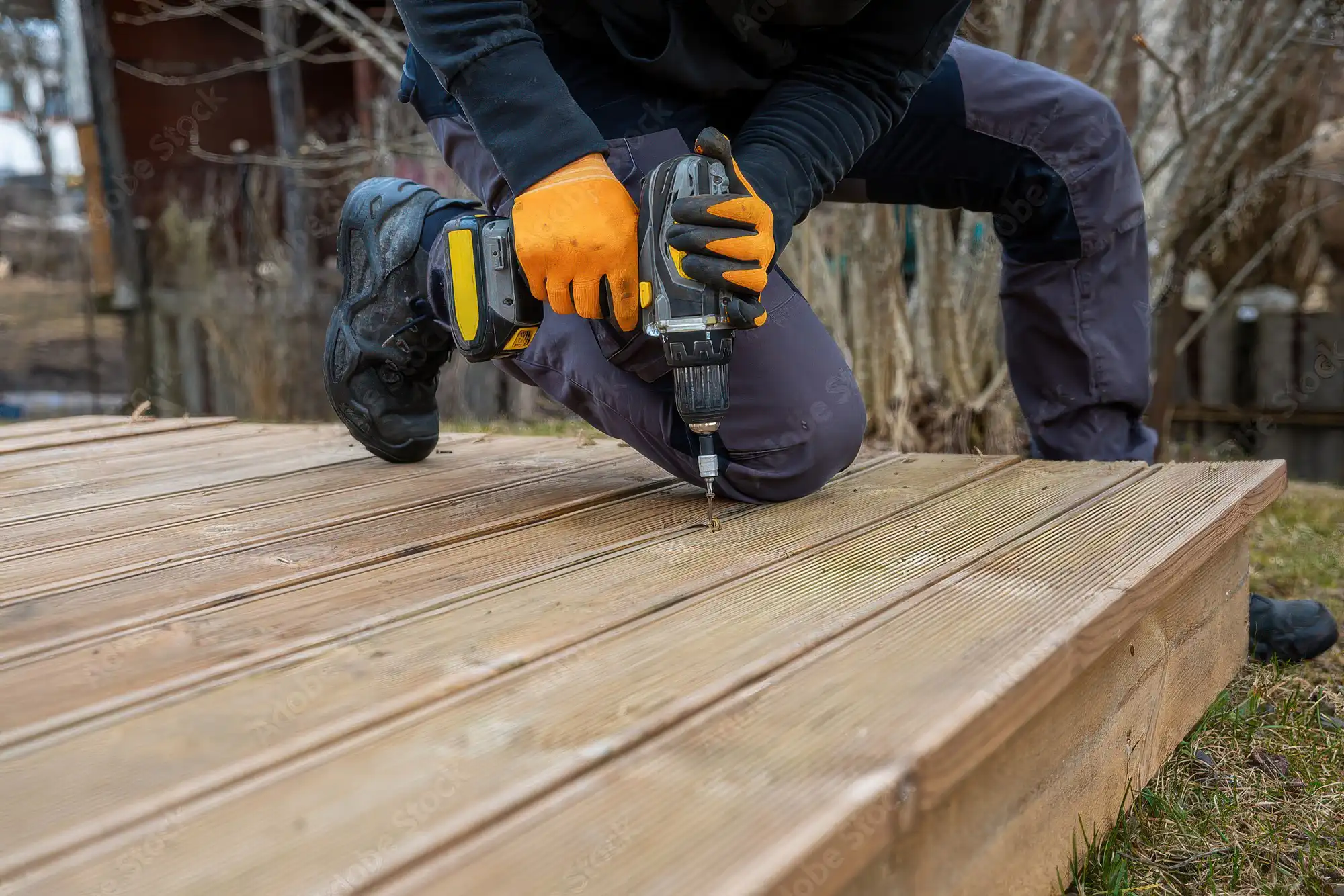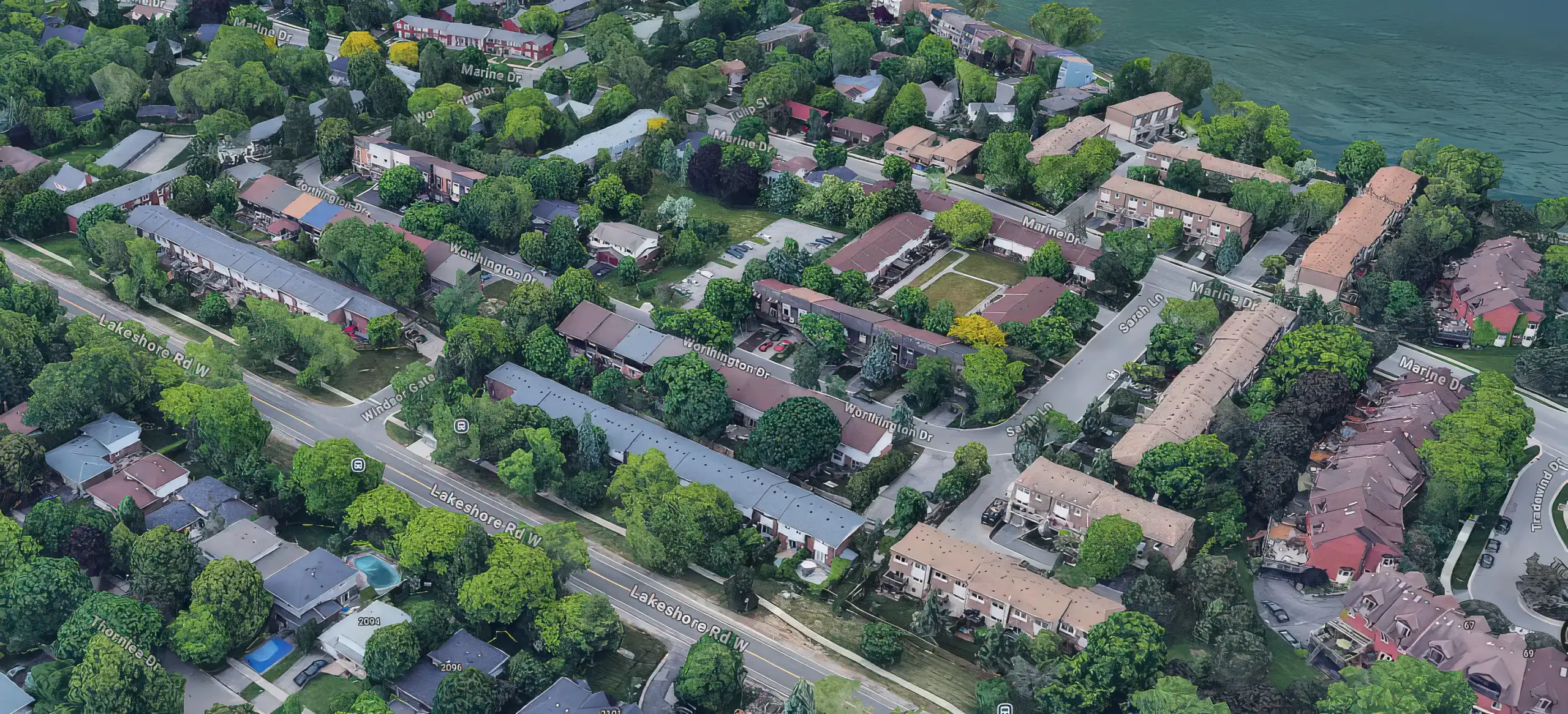Toronto’s landscape intertwines urban chic and natural beauty, combining lush greenery and vibrant outdoor spaces. Landscape design entails creating harmonious, functional, and beautiful spaces that resonate with the city’s soul and diverse residents. This comprehensive guide delves into the nuances of garden architecture, providing property owners and landscape enthusiasts with a roadmap to transform their backyards into personal paradises.
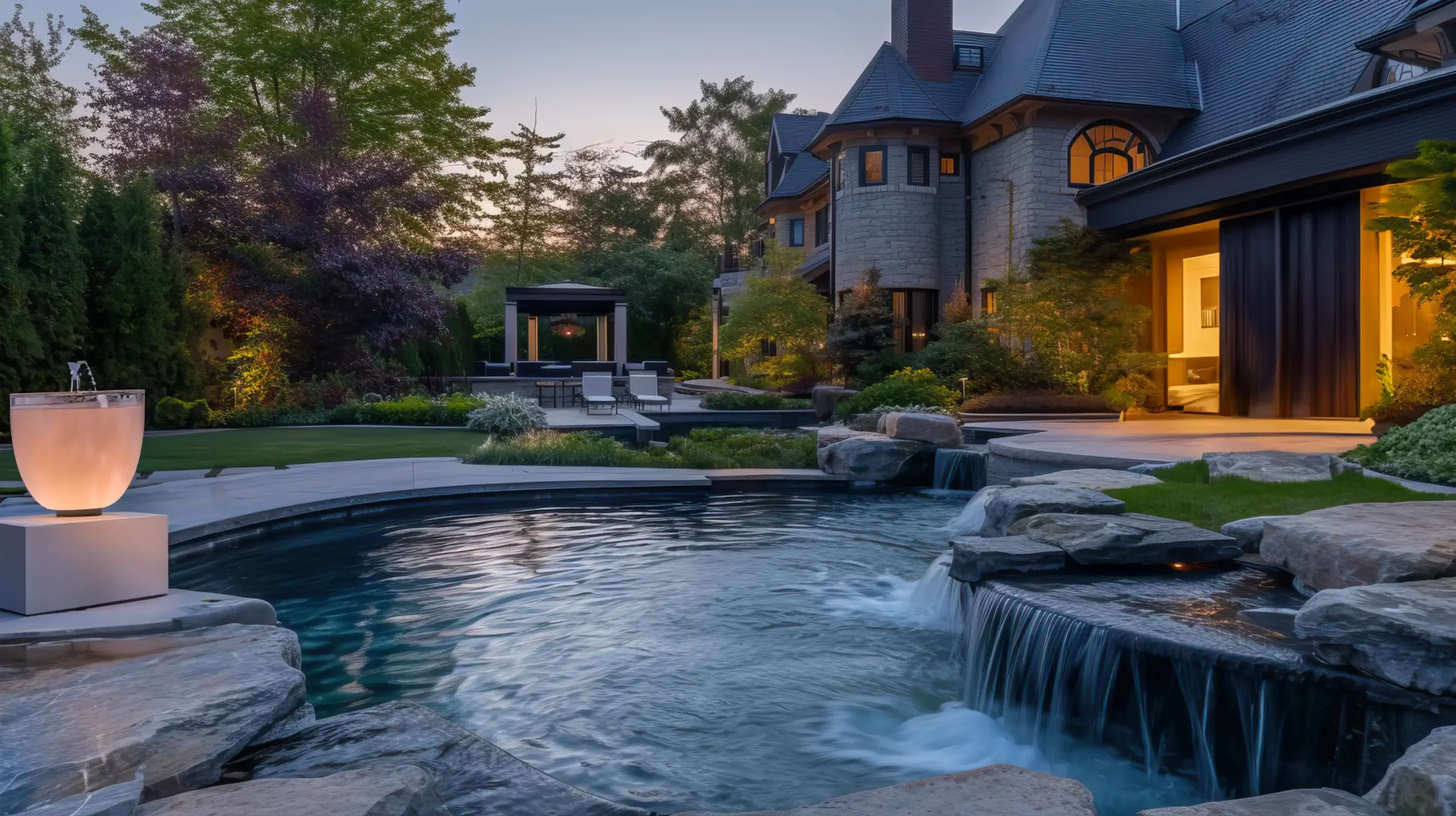
Why This Article Matters
In the bustling city, the importance of a well-designed space cannot be overstated. The right design can enhance life quality and property value, be it a backyard oasis in the suburbs or an urban rooftop garden. This article aims to guide you in starting your landscape design journey by choosing experts, embracing local trends, and adding personal style to Ontario’s capital, Toronto.
What Makes Ontario Unique?
Toronto, a city known for its diverse culture and vibrant urban life, also boasts an equally diverse and dynamic landscape. The uniqueness of landscape design lies in its ability to blend urban sophistication with natural elements. Landscape architects and designers in Canada are tasked with the challenge of creating spaces that are not only aesthetically pleasing but also functional and sustainable in the face of the city’s varied climate.
In Toronto, the landscape is more than just a backdrop; it’s an integral part of the city’s fabric. The best garden layouts here are those that seamlessly integrate urban elements with natural beauty. This might mean incorporating sleek, modern structures amidst lush greenery or creating natural-looking water features in a minimalist garden.
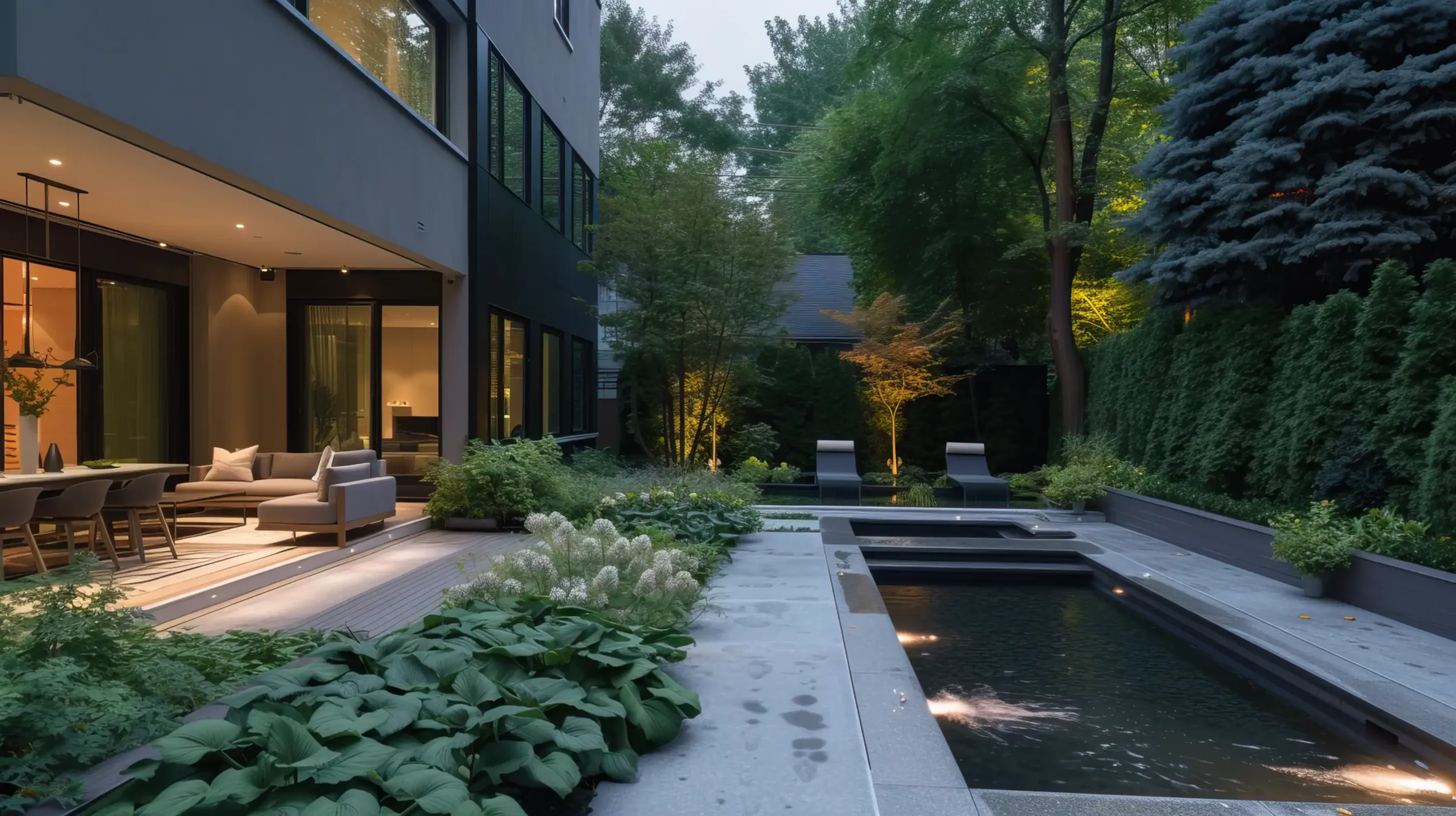
Adapting to the Local Climate
Our climate, with its warm summers and cold winters, plays a crucial role in landscaping. The choice of plants, materials, and design elements must not only withstand the seasonal changes but also thrive in them. This challenge often leads to innovative solutions, such as using native plants that are adapted to local conditions or designing spaces that can be easily transformed according to the season.
Reflecting Cultural Diversity
Toronto’s cultural diversity is reflected in its landscape designs. From traditional English gardens to Japanese-inspired Zen spaces, the city’s gardens and spaces are as varied as its population. This diversity allows for a rich exchange of ideas and styles, making the garden design scene one of the most vibrant and innovative in the world.
How to Choose the Right Landscape Designer?
Choosing the right designer or company is crucial to achieving your vision for your space. The right professional will understand your needs, respect the local environment, and have the skills and experience to bring your ideas to life.
The first step in choosing a designer is to have a clear idea of what you want. Understanding your objectives, whether it’s creating a snug garden hideaway, a stylish city green space, or an eco-friendly terrain, is key to identifying a designer with expertise in the specific type of project you desire.
Researching potential designers and asking for referrals from friends or neighbors who have had similar work done is a good way to start. Look for designers with a strong portfolio of work in the Toronto area, and check for reviews or testimonials from past clients.
Experience and expertise are key when choosing a landscaper. Look for professionals with a track record of successful projects, especially those who have experience dealing with the city’s unique climate and urban challenges. A designer’s ability to navigate local regulations and work within the city’s zoning laws is also important.
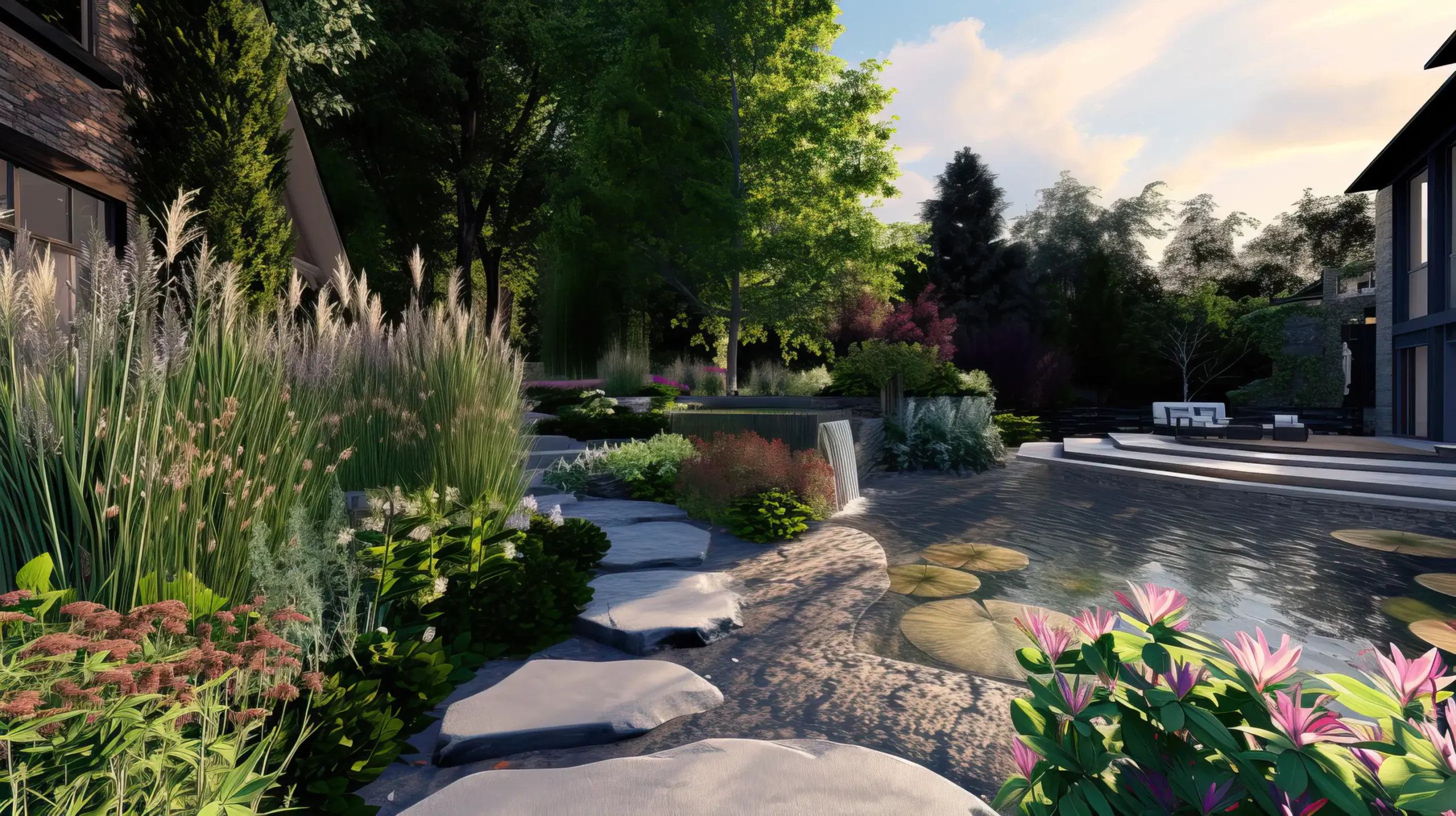
Design and Build: The Integrated Approach to Landscaping
The integrated ‘design and build’ approach is gaining traction in the landscaping scene. This method combines the design and construction phases under one roof, providing a cohesive, streamlined process from concept to completion.
One of the key advantages of hiring a design company is the consistency it offers throughout the project. With a single landscape contractor responsible for both design and construction, there’s a unified vision and better communication, leading to fewer discrepancies between what’s planned and what’s built. This approach often results in time and cost savings as well.
When you work with a design-build firm, you interact with the same team from the initial design discussions to the final touches of construction. This continuity fosters a deeper understanding of your needs and preferences, allowing the team to tailor the project more precisely to your vision.
Quality control is another significant advantage of the design-and-build approach. The same team that designs your landscape is responsible for implementing it, ensuring that the quality and integrity of the design are maintained throughout the construction process. This often leads to more innovative and cohesive spaces.
Maximizing Your Outdoor Living Space in the GTA
- Urban Living Essentials in the GTA: In the Greater Toronto Area, outdoor living spaces are crucial for urban living, requiring creativity to maximize their potential, especially in densely populated areas.
- Creating Multi-Functional Spaces: The key in Toronto is to design areas that serve various functions. Imagine a patio that’s both a dining and relaxation zone, or a garden offering beauty and a play area for kids. Engaging a landscape contractor like The Deck Store, known for their expertise in deck building and outdoor projects, can result in versatile spaces that blend seamlessly with the environment.
- Incorporating Vertical Elements: For smaller areas, vertical gardening and multi-level designs are game-changers. Using walls for plants or tiered garden areas with crafted interlock can add depth, making the space feel larger and more dynamic.
- Integrating Modern Technology: Implementing technology like automated irrigation, lighting, and weather-resistant entertainment systems can elevate a basic garden area into a sophisticated and enjoyable outdoor living area.
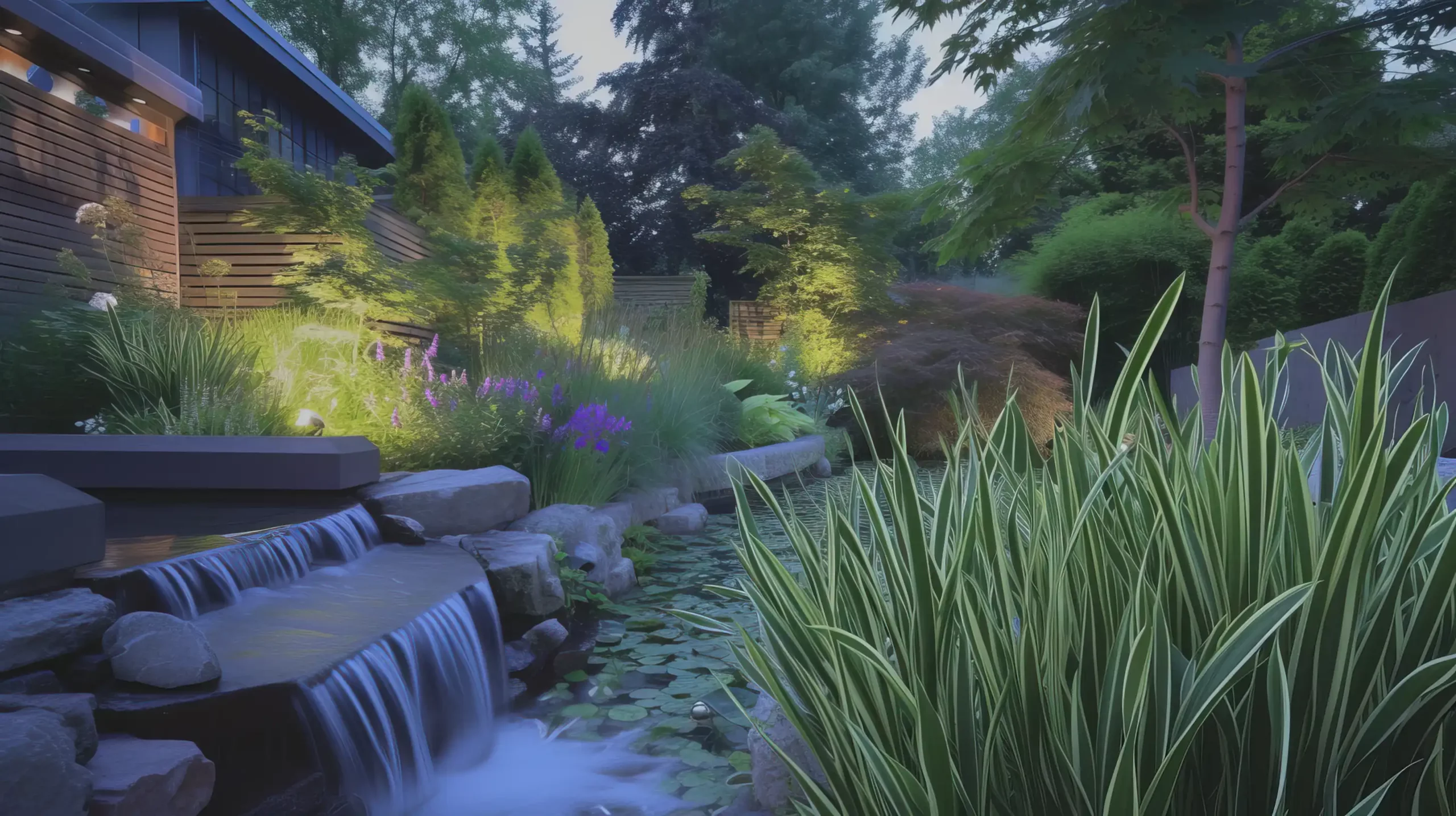
Crafting a Backyard Oasis: Ideas for Toronto Homes
Revamping your garden area into a private haven has become a favored movement among Toronto residents. For assistance, you can contact us. This involves not just landscaping but also creating a space that reflects your personal style and caters to your relaxation and entertainment needs.
Personalization and Style
Every backyard paradise is unique and reflects the craftsmanship of the design company. Some property owners might prefer a Zen garden for meditation, while others might want an entertainment hub with a fire pit and outdoor kitchen. The key is to personalize the space to suit your lifestyle. In this aspect, companies like The Deck Store, a reputable outdoor space contractor, bring invaluable expertise, having developed numerous outdoor projects that cater to a wide range of preferences and styles.

Incorporating Natural Elements
| Aspect | Details |
|---|---|
| Water Features | Adding elements like ponds, fountains, or streams introduces a soothing ambiance. The sound of water can be calming and serves as a focal point in the garden. |
| Stone Pathways | Utilizing natural stones for pathways not only adds to the landscape’s visual appeal but also creates a harmonious connection with nature. |
| Plant Variety | Incorporating a diverse range of plants, from shrubs to flowers, enhances biodiversity and adds color and texture to your backyard. |
| Wildlife Attraction | Including plants and features that attract birds and butterflies can bring your garden to life, adding an interactive natural element. |
| Natural Lighting | Strategically placing lighting to highlight certain plants or features can enhance the natural beauty of your space, especially in the evenings. |
| Sustainable Materials | Incorporating sustainable and eco-friendly elements into your garden furnishings or adornments harmonizes your external living area with principles of environmental preservation. |
| Seasonal Considerations | Planning your garden with seasonal variations in mind ensures year-round appeal and functionality, adapting to different weather conditions. |
Integrating these organic components enhances the visual charm and plays a significant role in developing a tranquil and welcoming garden area. Each aspect plays a crucial role in enhancing the overall relaxed atmosphere and making the space more enjoyable.
Privacy and Comfort
- Fences and Walls. Installing fences or walls offers immediate privacy. They can be constructed from various materials like wood, stone, or composite to match the aesthetic of your backyard.
- Privacy Screens. Utilize privacy screens made from lattice, bamboo, or decorative panels. These provide seclusion while adding an artistic touch to the exterior space.
- Strategic Plant Placement. Planting tall shrubs, trees, or climbing plants can create natural barriers that enhance privacy and add greenery.
- Pergolas and Gazebos. Building pergolas or gazebos provides a private retreat within your garden, perfect for relaxation or outdoor dining.
- Outdoor Curtains. Adding curtains to pergolas or patios offers flexible privacy options and can be drawn or opened as desired.
- Sound Features. Incorporating sound elements like water features or soft background music can mask city noises, enhancing the sense of seclusion.
- Comfortable Seating. Ensuring comfortable seating arrangements, like cushioned outdoor sofas or hammocks, contributes significantly to the overall comfort of your garden area.
- Shaded Areas. Creating shaded areas through canopies, trees, or umbrellas ensures comfort during sunny days, making the space more usable.
- Heating Elements. Adding outdoor heaters or fire pits extends the usability of your garden into the cooler months, providing warmth and a cozy atmosphere.
Integrating these elements of privacy and comfort turns your garden into a tranquil oasis, offering a secluded escape from the busy urban environment. It’s about creating a space that not only looks inviting but also feels comfortable and private.
The Role of Designers in Transforming Your Space
In GTA’s dynamic landscape scene, the role of the designer is pivotal. These professionals are not just designers; they are visionaries who sculpt the land to create functional, sustainable, and aesthetically pleasing spaces.
A landscape architect goes beyond mere aesthetics; they consider the sustainability and functionality of the space. This includes choosing plants that are suitable for Ontario’s capital city climate, designing efficient irrigation systems, and ensuring that the space is usable throughout the different seasons.
Landscape architecture is a balance of art and science. While the artistic aspect focuses on the visual and aesthetic appeal, the scientific side involves understanding soil types, drainage patterns, and local ecosystems. This comprehensive approach ensures that the landscape is not only beautiful but also in harmony with the natural environment.
Landscape architects are adept at navigating the various regulations and challenges that come with urban landscaping in Toronto. Whether it’s adhering to city bylaws or designing within confined urban spaces, their expertise is invaluable in executing a project seamlessly and legally.
Integrating Nature: Incorporating Trees and Plants into Your Design
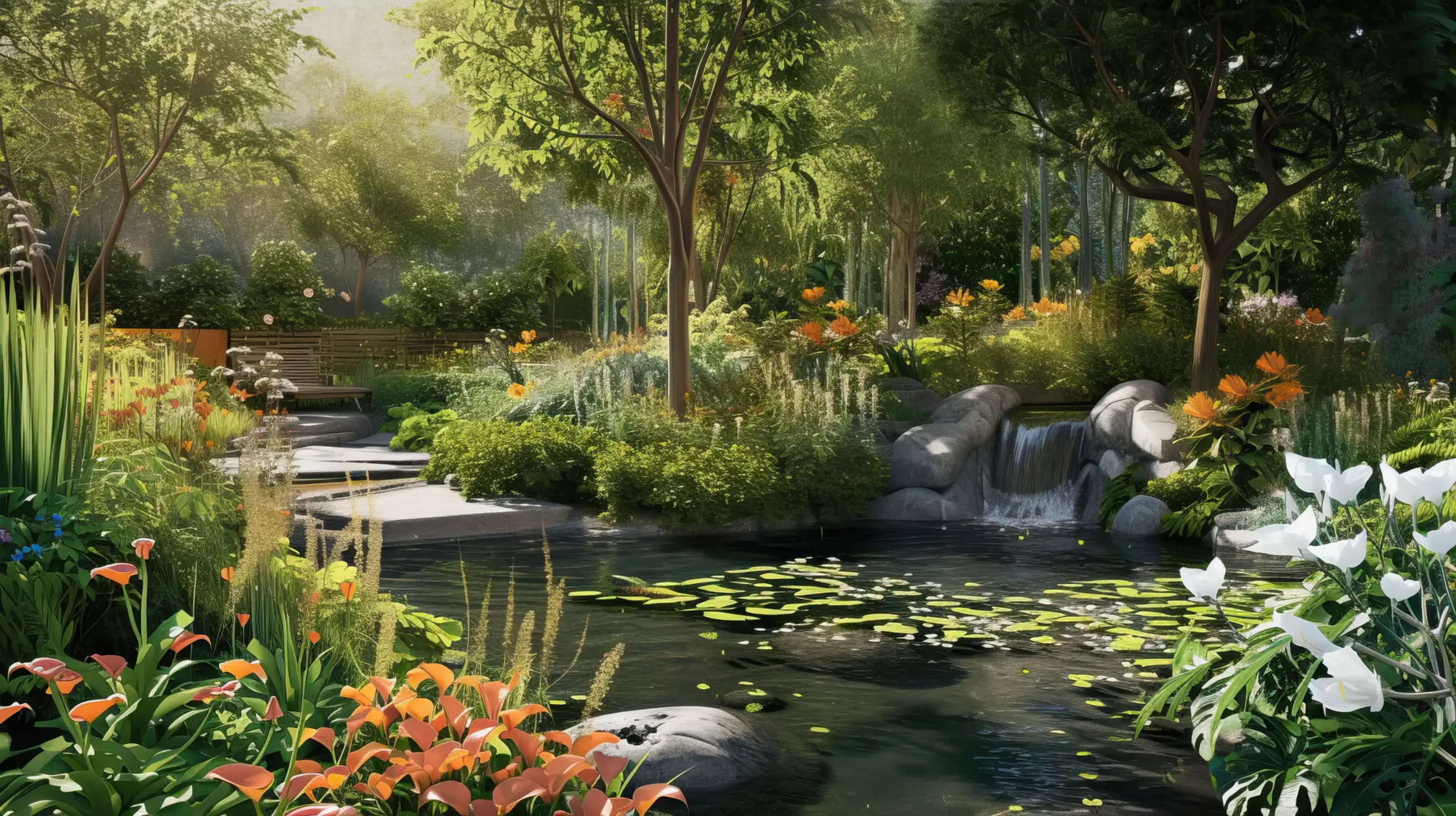
Integrating trees and plants into landscape design is crucial. Especially in a city like Toronto. It involves careful consideration of aesthetics and ecological balance.Here are some bullet points detailing this approach:
- Selection of Climate-Adapted Species. Choose trees and plants that thrive in the local climate, ensuring long-term growth and sustainability.
- Use of Native Plants. Incorporating native plants is beneficial as they are adapted to the local environment, require less maintenance, and support local wildlife, enhancing urban biodiversity.
- Creating Year-Round Visual Appeal. Select a variety of plants that bloom in different seasons, ensuring the garden remains vibrant and colorful throughout the year, from spring to winter.
- Consulting Landscape Experts. Engage the expertise of a landscape contractor for tailored advice and implementation of a balanced and effective design.
- Focus on Ecological Benefits. Aim for a landscape that not only looks good but also improves air quality, provides habitats for wildlife, and contributes positively to the urban ecosystem.
- Balancing Form and Function. Ensure that the design harmoniously combines aesthetic elements with functional aspects, like shade provision, noise reduction, and pollution absorption.
- Incorporating Diverse Plant Types. Use a mix of trees, shrubs, perennials, and annuals to create texture, depth, and interest in the landscape.
- Pollinator-Friendly Choices. Include plants that attract bees, butterflies, and other pollinators, contributing to the health of local ecosystems.
- Sustainable Practices. Opt for sustainable landscaping practices, such as using mulch for moisture retention and choosing plants that require minimal additional watering.
- Personalization. Tailor the selection of plants and trees to reflect personal style and preferences, making the space truly unique and personal.
Integrate these principles into your design for a beautiful, functional exterior space in Toronto that aligns with the natural environment. Create an ecologically responsible outdoor area that resonates with Toronto’s surroundings.
Elevating Curb Appeal: Tips for Homeowners
Tip 1
Enhancing the curb appeal of your home involves more than just a well-manicured lawn. It’s about creating front yard landscaping that captures attention and reflects the character of your home and its surroundings.
Tip 2
The front yard is often the first thing people see, so making a strong first impression is key. This can be achieved through a well-designed walkway, strategic planting, and attractive lighting. Even small changes, like updating garden borders or adding outdoor art, can make a significant difference.
Tip 3
Your landscape should complement your home’s architecture. Whether you have a modern, minimalist home or a traditional Victorian-style house, the landscaping should feel like a natural extension of the building. It should enhance its features and overall aesthetic.
Tip 4
Curb appeal isn’t just about beauty; it’s also about functionality. Adequate lighting, easy-to-navigate pathways, and low-maintenance gardens enhance both the look and function of your outdoor space. These elements not only boost aesthetic appeal but also improve practicality and usability.
Key Takeaways
Toronto’s landscape design is unique. It blends urban sophistication with natural elements. The design is adapted to the local climate and cultural diversity. Let’s explore the essential steps and considerations. Ensure your outdoor space resonates with your personal style. Make sure it complements the city’s unique landscape.
- Choosing the Right Landscape Designer. It’s crucial to find a designer who can translate your vision into reality. This involves researching potential designers, assessing their experience, and ensuring they understand your needs and the local environment.
- Maximizing Exterior Space in the GTA. In the Greater Toronto Area, making the most of outdoor spaces means creating multi-functional areas. This includes the use of vertical elements and the integration of modern technology to enhance functionality and aesthetics.
- Incorporating the Right Mix of Trees and Plants. A successful landscape design is rooted in choosing the right vegetation. Focus on native plants that create seasonal interest and thrive in Toronto’s climate, thus ensuring a vibrant and sustainable outdoor space.
- Enhancing Curb Appeal. The external appearance of your home sets the tone for its overall appeal. To create a strong first impression, make sure the landscape complements the home’s architecture. Include functional elements that add value to achieve this.
- Future Trends in Landscape Design. Stay ahead of the curve by incorporating sustainable practices, edible gardens, outdoor kitchens, and smart landscaping technologies. These trends not only align with environmental values but also cater to the evolving needs of homeowners.
Contact Us
As we conclude this exploration of essential steps for landscape transformation, it’s clear: articulating your needs and preferences is vital. It creates a truly stunning and enduring outdoor setting. If you’re looking for more insights or want to dive deeper into your outdoor project renovation, check out the resources at The Deck Store. You’ll find a dedicated team ready to help you create the perfect mix of aesthetics, functionality, and sustainability for your outdoor area. Success in your landscape project depends on attention to details and a personalized approach. The Deck Store is here to support you throughout this journey.

